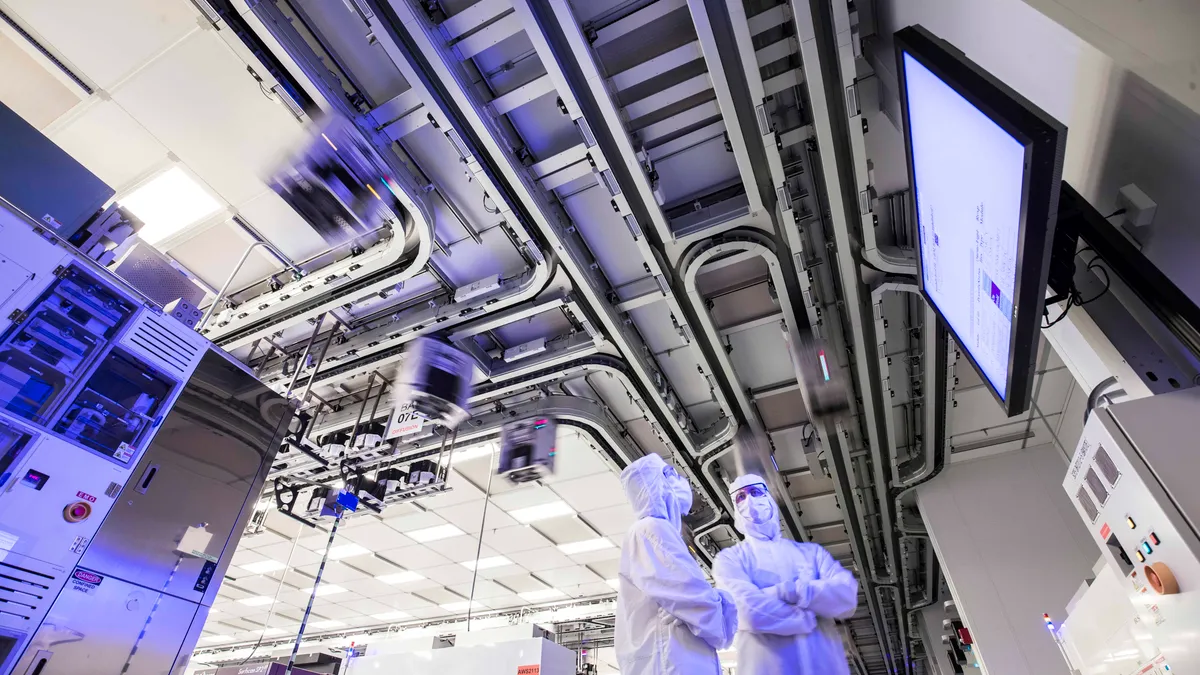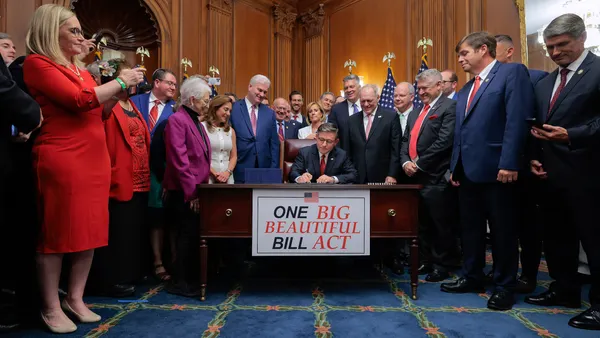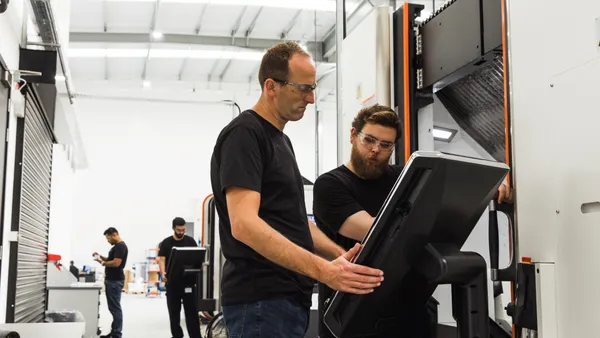The Southeast is becoming a “powerhouse” of electric vehicle manufacturing but the region lags national sales averages, and investor-owned utilities are not sufficiently investing in charging infrastructure, according to the Southern Alliance for Clean Energy.
Second quarter sales of new EVs reached 6.2% of light-duty vehicles in the Southeast, according to the group’s annual report on the region’s transportation electrification efforts. Nationally, however, sales of EVs were almost 10% in June, according to Tom Taylor, a senior policy analyst with Atlas Public Policy and an author of the report.
Sales are not uniform across the six-state Southeast region, he said.
“There's a real gap between the top cluster and the second,” Taylor said in a Wednesday webinar discussing the report. “Florida, Georgia and North Carolina lead the Southeast and are not too far away from the national EV market share. But when you're looking at Tennessee, South Carolina and Alabama, there's quite a difference.”
In Georgia, Florida and North Carolina, EVs have a market share above 7%, while in Alabama they make up just 2.5% of new light-duty vehicle sales.
Southeast investment in transportation electrification also lags national averages. The region is home to 18% of the U.S. population but claims only 7% of EV investments approved nationally, according to SACE. Through June 2023, state regulators have approved cumulative utility investments of $5.8 billion, but in the Southeast regulators have approved only $394 million.
Regulators "have had very little experience looking at these EV investment opportunities,” SACE Electric Transportation Policy Director Stan Cross said. “Most of what's been done so far in the Southeast [has] been done as a pilot project.”
As a result, state utility regulators do not have a lot of experience considering EV investments.
“We're going to do a lot of education and outreach to our regulators to make sure that they understand that tension between utility investment and ratepayer protection,” Cross said. “There's going to be a lot of investment needed to accelerate the deployment of infrastructure to meet the demand of these vehicles.”
There has been some signs of a shift, SACE noted. In December, the Georgia Public Service Commission approved a $58.5 million EV investment by Georgia Power, including a make-ready infrastructure program and development of charging stations in rural or income-qualified areas.
“But we’ll need to see more from utilities to make sure the Southeast is ready,” Taylor said.
Despite lower levels of EV adoption and IOU investment, there is one area where the Southeast is a leader, SACE noted.
The region “will be a leading hub for EV manufacturing with more than 60,000 announced jobs,” according to the report. “That means that more than a third of all announced EV manufacturing jobs will go to the region. Georgia leads all states in the country for announced EV manufacturing jobs.”














